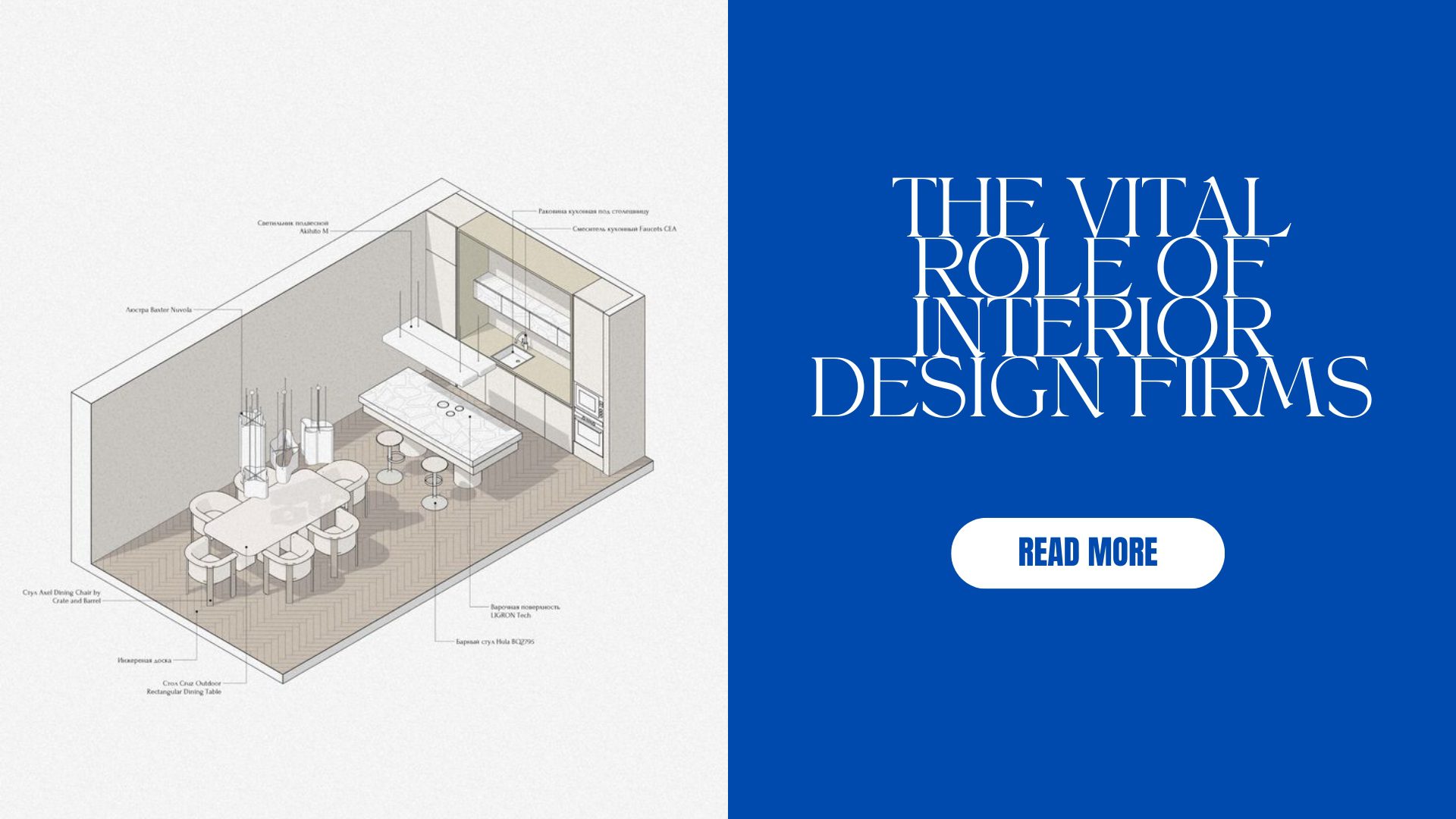
The Vital Role of Interior Design Firms
In the bustling metropolis of Dhaka, where rapid urbanization and population growth present both challenges and opportunities, interior design firms emerge as key players in shaping the city’s urban fabric. Their multifaceted contributions to Dhaka’s architectural identity and livability are pivotal in creating functional, sustainable, and culturally rich spaces that resonate with the diverse communities of the city.
Understanding Dhaka’s Urban Context
Dhaka, the dynamic capital of Bangladesh, faces immense pressure from its rapidly growing population, with approximately 3,000 new residents arriving daily in search of better opportunities. This influx strains the city’s infrastructure and leads to challenges like congestion and inadequate urban planning. Dhaka’s horizontal expansion exacerbates these issues, emphasizing the need for vertical development to address space limitations. Additionally, the city’s rapid growth threatens its green spaces and natural environment, underscoring the importance of sustainable urban planning for Dhaka’s future livability and resilience.
Significance of Interior Design in Urban Development
Interior design firms play a crucial role in transforming buildings into vibrant and livable environments that reflect Dhaka’s cultural identity while meeting modern needs. From revitalizing historic landmarks to maximizing small living spaces and promoting sustainability, these firms shape Dhaka’s architectural landscape with innovative designs and meticulous attention to detail.
Contribution of Interior Design Firms
Interior design firms in Dhaka play a vital role in shaping the city’s urban fabric through their innovative designs and commitment to excellence. Their expertise extends beyond aesthetics to optimizing spatial layouts, creating multifunctional areas, and incorporating natural elements. By revitalizing heritage sites, designing healthier work environments, and enhancing retail spaces, these firms enrich the urban experience while promoting productivity and profitability.
Collaboration and Innovation
Collaboration is key to the success of interior design projects in Dhaka, with firms working closely with architects, urban planners, and engineers to ensure seamless integration of design elements. By fostering a culture of innovation and creativity, these collaborations result in groundbreaking designs that push the boundaries of traditional notions of interior space.
Addressing Urban Challenges
Interior design firms in Dhaka employ a variety of strategies to address urban challenges such as space constraints, environmental sustainability, and social inclusivity. By embracing vertical development, green building practices, and inclusive design principles, these firms contribute to creating resilient and livable urban environments.
Sustainability and Ethical Practices
In line with global trends, interior design firms in Dhaka prioritize sustainability and ethical practices, from the use of eco-friendly materials to community engagement initiatives. By promoting responsible stewardship of resources and supporting local artisans, these firms contribute to the social fabric of the city while reducing their environmental footprint.
Looking Ahead
As Dhaka continues to evolve, the role of interior design firms will become even more pronounced in shaping the city’s urban landscape. With a focus on minimalist yet vibrant designs that prioritize human well-being, these firms are poised to lead the way in creating innovative and sustainable spaces for future generations.
Interior Designer FAQs: Muhammad Ariful Islam’s Insights

How did you enter the field of interior design?
I stumbled into interior design by chance when a relative suggested its future demand in Dhaka’s growing economy. I followed the advice and haven’t looked back since.
Can you share a notable project you’ve worked on in Dhaka?
One project that stands out is the design of Chief Kitchen Restaurant, where we embraced reuse and repurpose strategies, resonating with younger diners and promoting sustainability.
What challenges do interior design firms face in Dhaka?
The industry lacks a regulatory body and faces a shortage of qualified professionals. Clients often don’t understand their responsibilities, resulting in an unstructured market.
What is your sustainable design philosophy?
I prioritize the health and well-being of people and the planet, focusing on repurposing, reusing materials, and incorporating natural elements like daylight and plants.
How do you collaborate with other professionals in your projects?
Collaboration is essential. I work closely with architects, engineers, and urban planners to seamlessly integrate interior design elements into the broader urban context.
How do you address social issues through interior design?
Understanding our culture, climate, and lifestyle is crucial. We design multifunctional spaces, interpret natural elements, and maximize space utilization to address challenges like limited space and a growing population.
What trends do you foresee shaping the future of interior design in Dhaka?
I predict a shift towards minimalist yet vibrant designs, incorporating elements of warm minimalism and biophilic design to create inviting and sustainable spaces.




